A No-Knead Fresh Rosemary Parmesan Bread Masterpiece: Easy Dutch Oven Recipe and Guide
This recipe is close to my professional heart and has been taste-tested and family-approved by my harshest critics – my little daughters. Brace yourselves for a culinary journey as we delve into the world of my no-knead Rosemary Parmesan Bread.
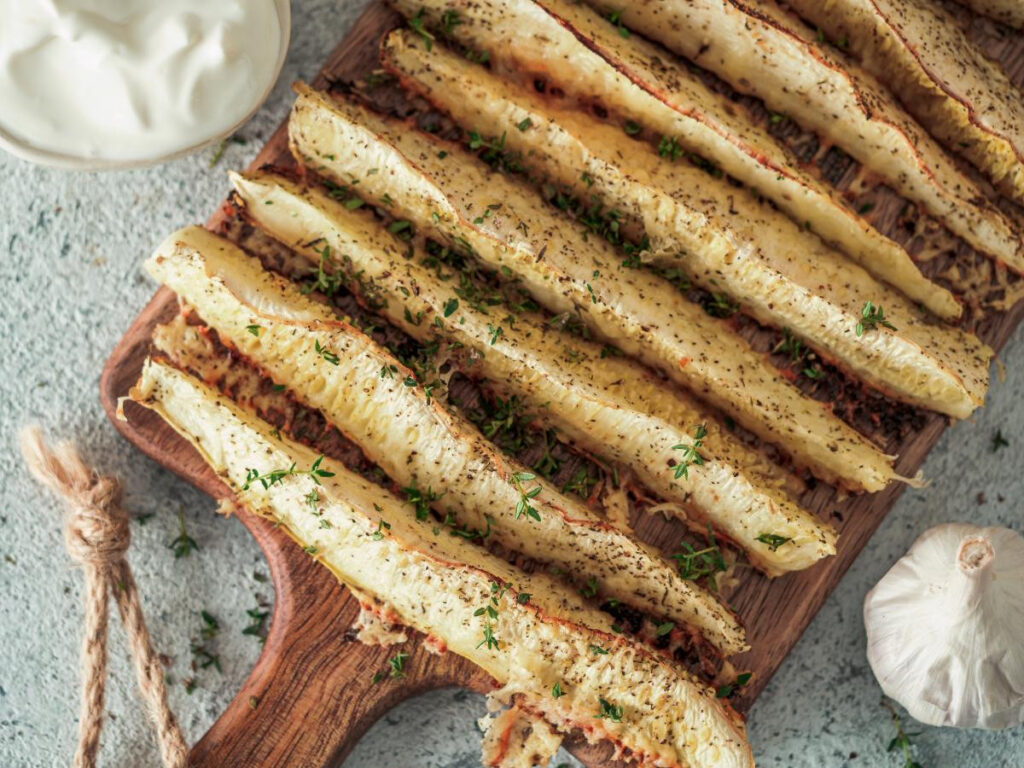
No Knead For For Kneading
In my culinary journey spanning three decades, I’ve stood at the helm of renowned kitchens, crafting culinary delights that danced on the palates of discerning diners.
It was in this crucible of creativity that I first stumbled upon the art of no-knead bread-making.
imagine your kitchen as more than just a space to cook; envision it as a haven where stories are written in the language of herbs, flour, and laughter.
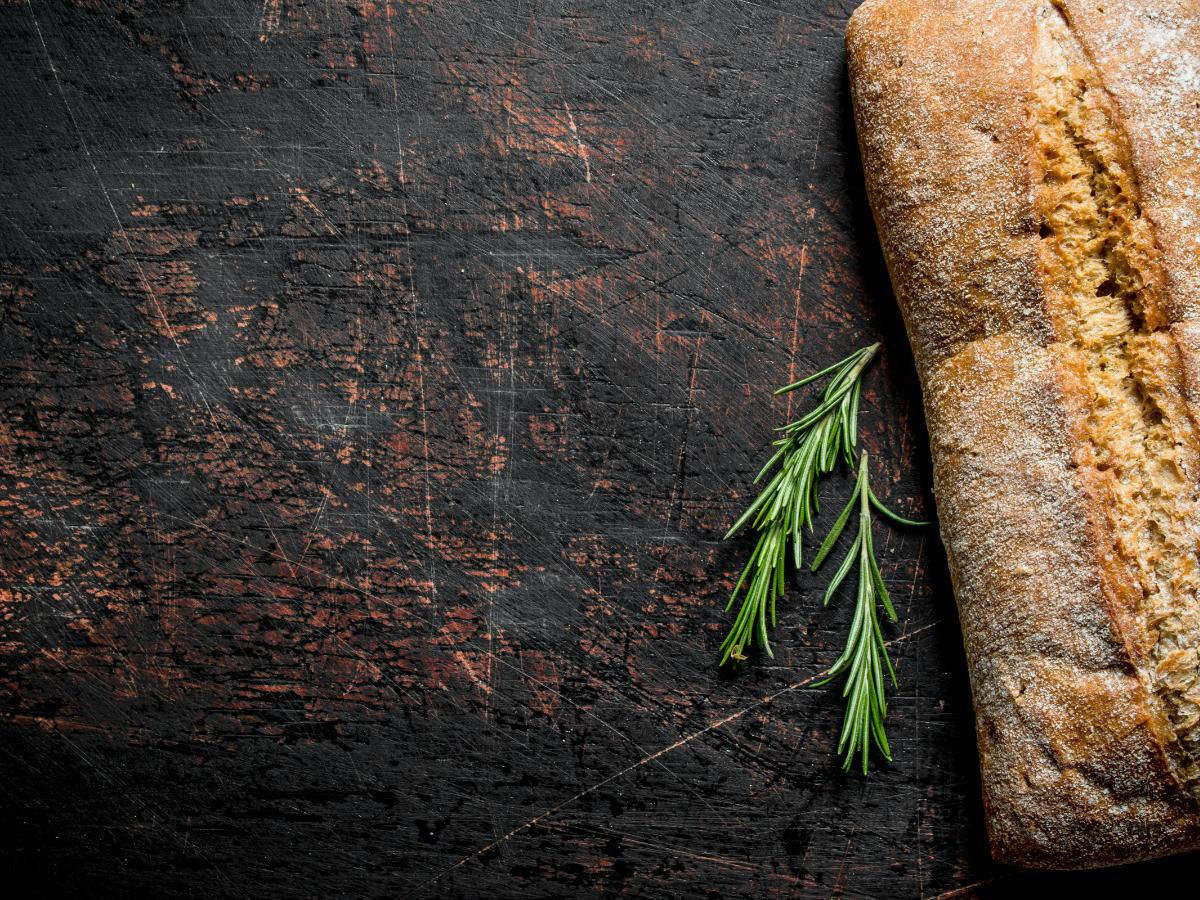
Brace yourself for a tale that spans kitchens professional and personal, where the spotlight shines on my cherished creation: the no-knead Rosemary Parmesan Bread made in a Dutch Oven.
Let the intoxicating aroma of rosemary and Parmesan be the overture to a symphony of flavors that will resonate through your kitchen and linger in your memory.
The simplicity of the no-knead method will surprise you, the aroma of fresh rosemary will enchant you, and the taste of Parmesan will captivate your taste buds.
Uncover the secrets of effortless artisanal baking and join me in creating a bread that’s not just food; it’s an experience.
Jump to RecipeTable of Contents
Why This Recipe?
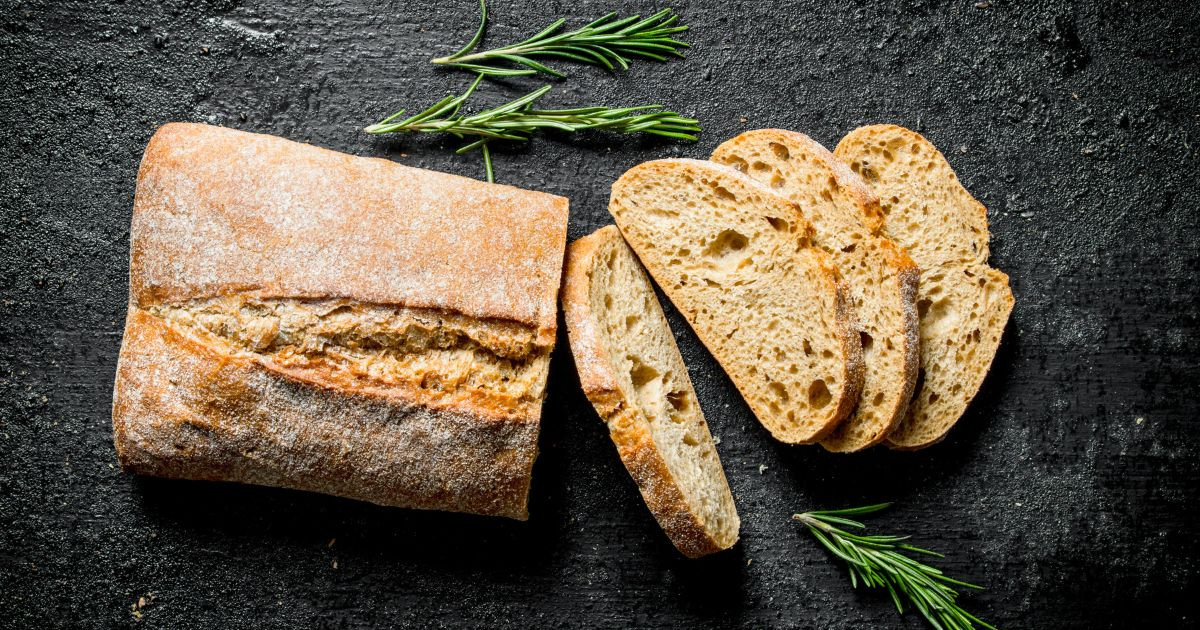
1. Time-Tested Perfection:
Having baked thousands of loaves in professional kitchens and my humble abode, I’ve come to appreciate the value of time in the art of bread-making.
With its 12-18 hour initial rise, this recipe allows the flavors to develop into a symphony of taste worth the wait.
2. Family-Approved Magic:
As any chef will tell you,the actual test of a recipe’s greatness lies in the approval of theharshestt critics – your family.
My little daughters, notorious for their discerning palates, give Rosemary Parmesan Bread recipes their enthusiastic stamp of approval. And believe me, winning them over is no small feat.
3. Freshness Unleashed:
The infusion of fresh rosemary and grated Parmesan cheese elevates this bread.
The aromatic herbaceous notes of rosemary intermingling with the rich, nutty undertones of grated Parmesan cheese create a delightful sensory experience.
Why Use a Dutch Oven For This Recipe?
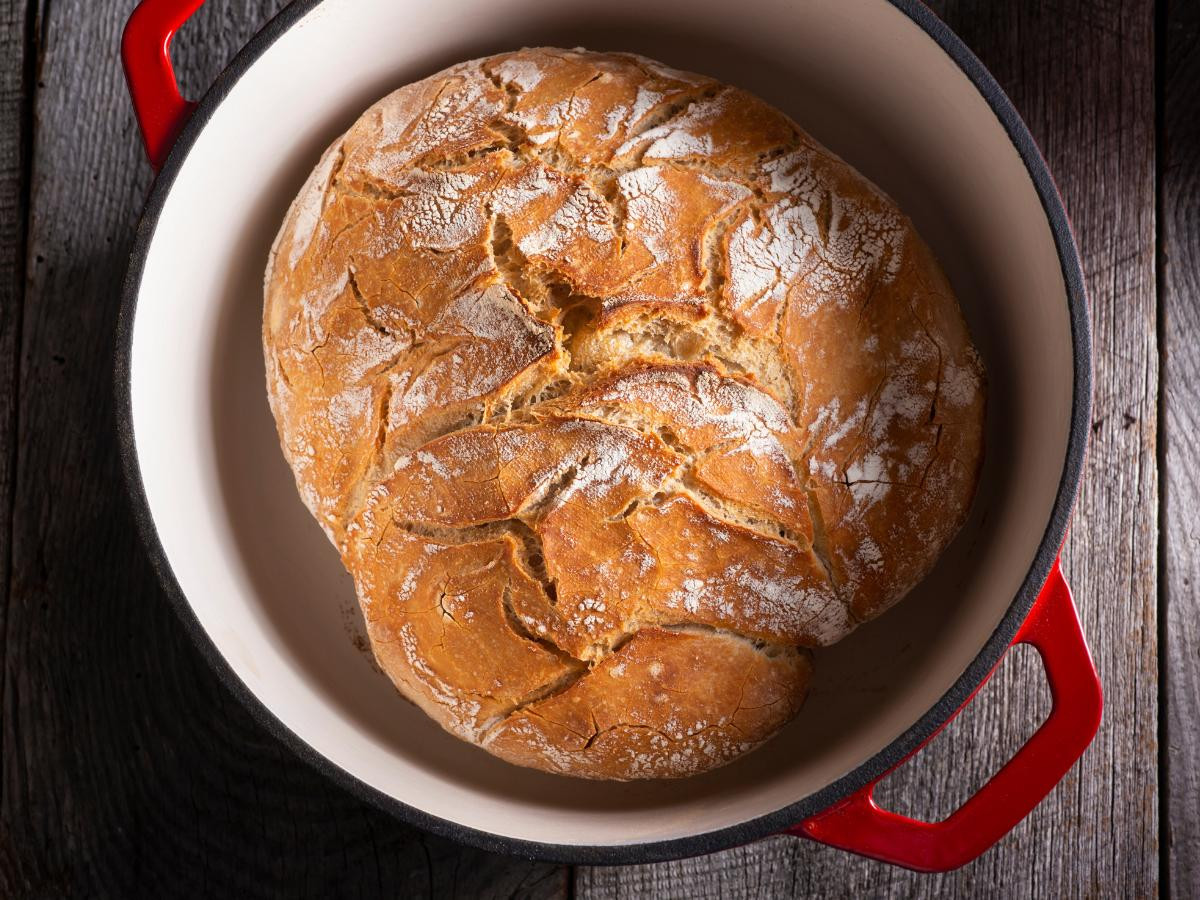
Using a Dutch Oven for the Rosemary Parmesan Bread recipe offers several advantages that contribute to the overall quality and characteristics of the bread. Here’s why a Dutch Oven is recommended:
Steam Creation:
The Dutch Oven creates a sealed environment during the initial stage of baking when the lid is on.
This trapped steam helps keep the bread’s surface moist, promoting oven spring (the final burst of rising in the oven) and contributing to a crisp and crusty exterior.
Heat Retention and Even Distribution:
Dutch Ovens are typically made of heavy, heat-retaining materials like cast iron.
This helps maintain a consistent and even temperature throughout the baking process.
The even heat distribution ensures the bread bakes uniformly, producing a well-cooked interior.
Crust Development:
The covered Dutch Oven creates a humid environment in the early stages of baking, allowing the bread to develop a beautifully crisp crust.
Removing the lid in the later stages promotes browning, giving the bread a golden color and additional crust texture.
No-Knead Bread Technique:
The Dutch Oven is particularly well-suited for no-knead bread recipes.
The long, slow rise of the dough, combined with the specific heat-retaining properties of the Dutch Oven, helps develop the gluten structure without the need for traditional kneading.
Convenience and Versatility:
Dutch Ovens are versatile kitchen tools. Aside from baking bread, you can use them for a wide range of cooking applications, including stovetop cooking, roasting, and simmering.
This makes it a handy and multipurpose investment for your kitchen.
What Do You Need For This Rosemary Parmesan Bread?
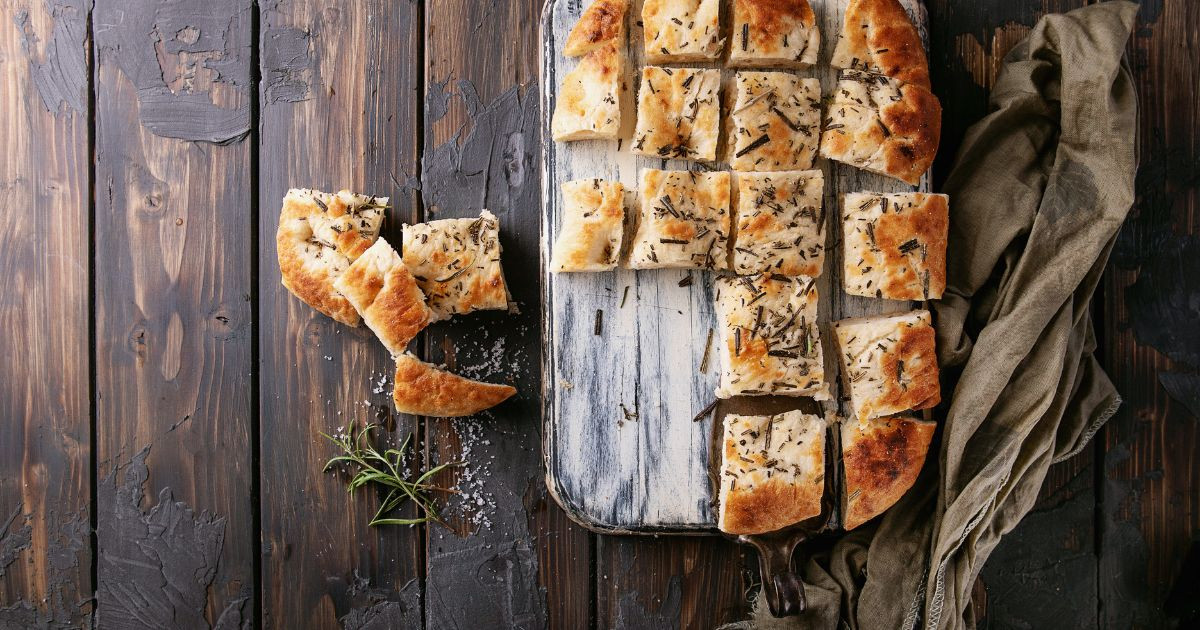
Making a Rosemary Parmesan Bread recipe in a cast iron Dutch Oven is straightforward, and you don’t need specialized equipment like a bread machine or a lightly floured surface.
Here’s a list of the essential tools and equipment you’ll need for this delicious homemade bread:
Large Mixing Bowl:
For combining and mixing the dry and wet ingredients.
Measuring Cups and Spoons:
To ensure accurate measurements for the flour, water, salt, yeast, and other ingredients.
Wooden Spoon or Spatula:
For stirring and combining the ingredients.
Plastic Wrap:
Cover the mixing bowl during the dough’s initial rise before the Dutch oven.
Parchment Paper:
For transferring and lifting the shaped dough from the sheet pan into the preheated Dutch Oven.
Dutch Oven with Lid:
The key piece of equipment when you bake bread. A Dutch Oven helps create a steamy environment that contributes to a crispy crust.
Oven Mitts:
To handle the hot Dutch Oven when placing it in the oven or removing it.
Cooling Rack:
Allow the bread to cool evenly after baking.
This recipe is designed to be simple and accessible, so you don’t need a fancy floured surface to knead bread
Gather these basic tools, and you’ll be well on your way to enjoying freshly baked Rosemary Parmesan Bread.
How Do You Make Rosemary Parmesan Bread?
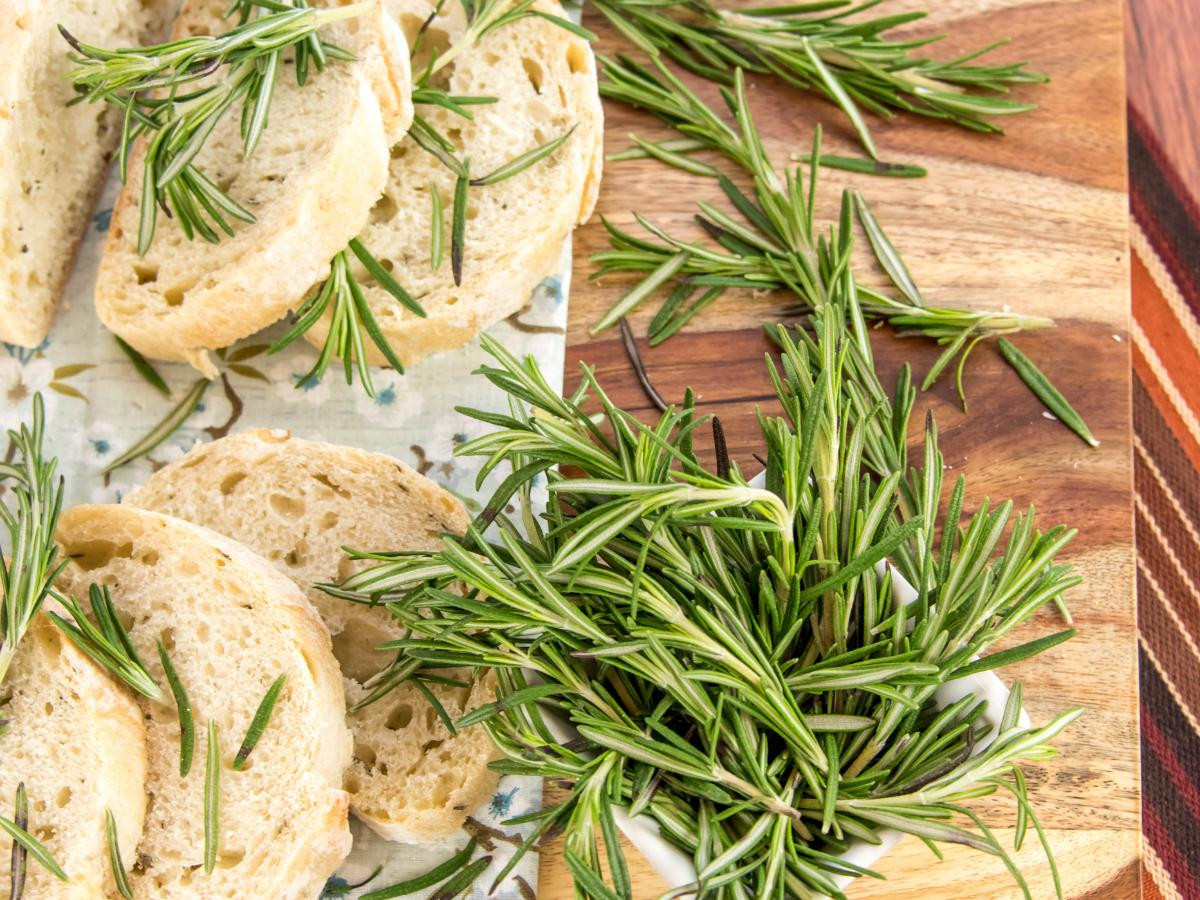
Making a no-knead Rosemary Parmesan Bread in a Dutch Oven is easy and delicious.
Here’s a simple recipe from my secret family collection.
The Best Rosemary Parmesan Bread Recipe
Ingredients:
3 cups bread flour
1 1/2 teaspoons salt
1/2 teaspoon active dry yeast
1 1/2 cups lukewarm water
1/3 cup fresh rosemary, finely chopped
1 cup fresh Parmesan cheese, grated
Instructions:
Mix the Dough:
Combine the bread flour, salt, yeast, fresh rosemary, and Parmesan cheese in a large mixing bowl.
Add the lukewarm water and stir until a shaggy dough forms. The dough will be sticky.
First Rise:
Cover that bowl with plastic wrap and let it rest at room temperature for about 12-18 hours. This allows the dough to rise and develop flavor. You can do this overnight for convenience.
Preheat the Oven:
Preheat your oven to 450°F (230°C). Place your Dutch Oven (with lid) in the oven while it preheats.
Shape the Dough:
After the initial rise, the bread dough will be wet and sticky. Flour your hands and a work surface generously. Gently shape the dough into a round ball.
Second Rise:
Place a piece of parchment paper on your countertop and transfer the shaped dough onto it. Cover the dough loosely with plastic wrap and let it rise for another 30 minutes while the oven and Dutch Oven are preheating. Have Parchment paper on stand by.
Bake in the Dutch Oven:
Carefully remove the preheated Dutch Oven from the oven using the parchment paper. Lift the dough with the parchment paper and place it into the hot Dutch Oven.
Put the Dutch oven lid on and bake covered for 30 minutes. This helps create steam and gives the bread a great crust.
Finish Baking:
Remove the lid; continue baking for 10-15 minutes or until the bread is golden brown and crusty.
Cooling:
Once baked, transfer the bread to a wire rack to cool completely before slicing.
In Summary
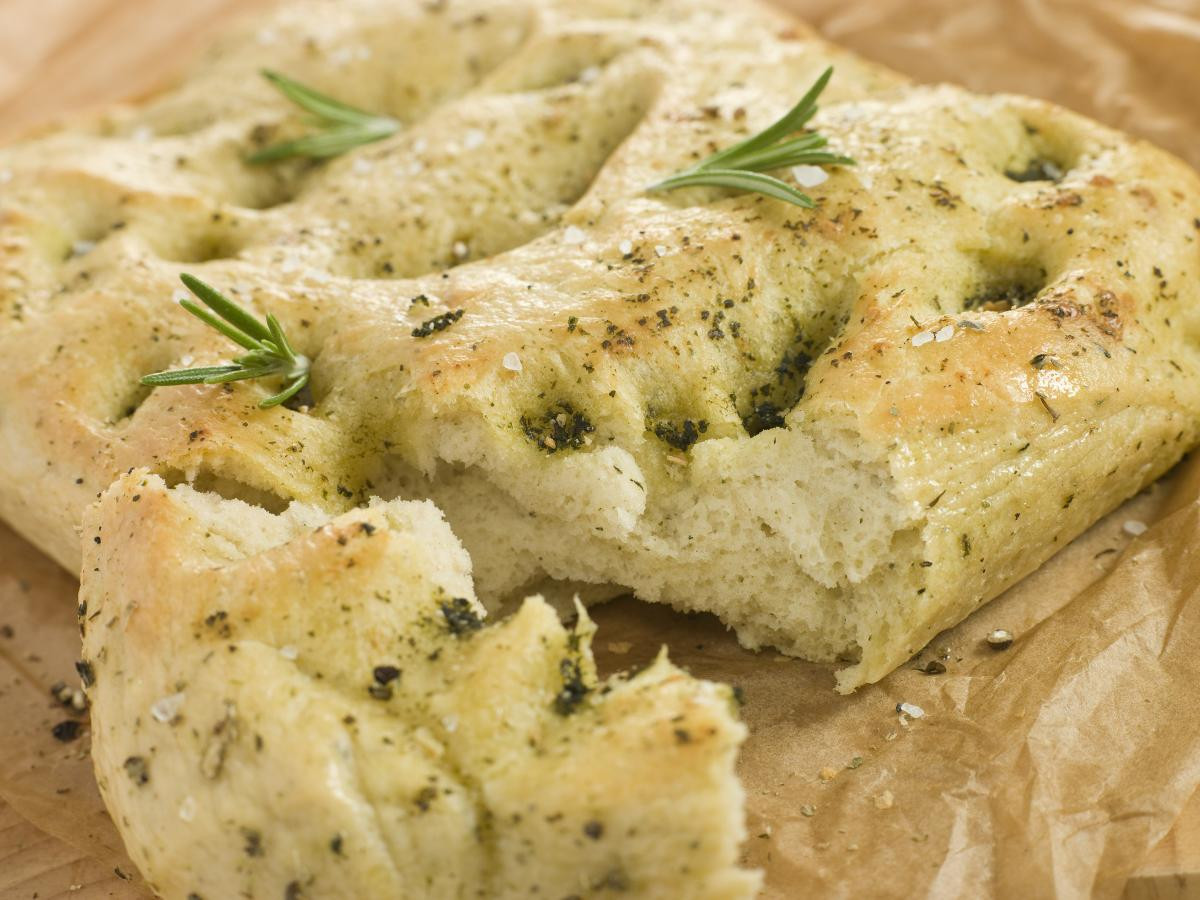
As a seasoned executive chef with over 30 years of experience, I’ve artfully crafted a recipe that marries the richness of fresh rosemary, the savory allure of Parmesan, and the convenience of a no-knead method.
From the bustling kitchens of renowned restaurants to the heartwarming chaos of my own home, this recipe has woven its way into the fabric of my culinary journey.
Tested and cherished by my toughest critics—my daughters—this bread encapsulates the essence of family, creativity, and the joy of breaking bread together.
Utilizing a Dutch Oven, this recipe transcends the ordinary, creating a symphony of flavors and textures.
The initial rise, long and patient, allows the dough to develop character, while the Dutch Oven’s magic contributes to a crust that sings with each bite.
Whether enjoyed plain, toasted with butter, or as the star of a gourmet sandwich, this Rosemary Parmesan Bread invites you to embark on a culinary adventure in your kitchen.
It’s more than a recipe; it’s an experience—an aroma-filled journey through the artistry of bread-making.
So, with flour-dusted hands and a dash of creativity, may you find joy in each slice of this bread.
Let it become a cherished tradition, a staple on your table, and a symbol of the simple pleasures found in the alchemy of fresh ingredients and the warmth of shared meals.
FAQ and Additional Information
Can I use A Different Flour instead of Bread Flour?
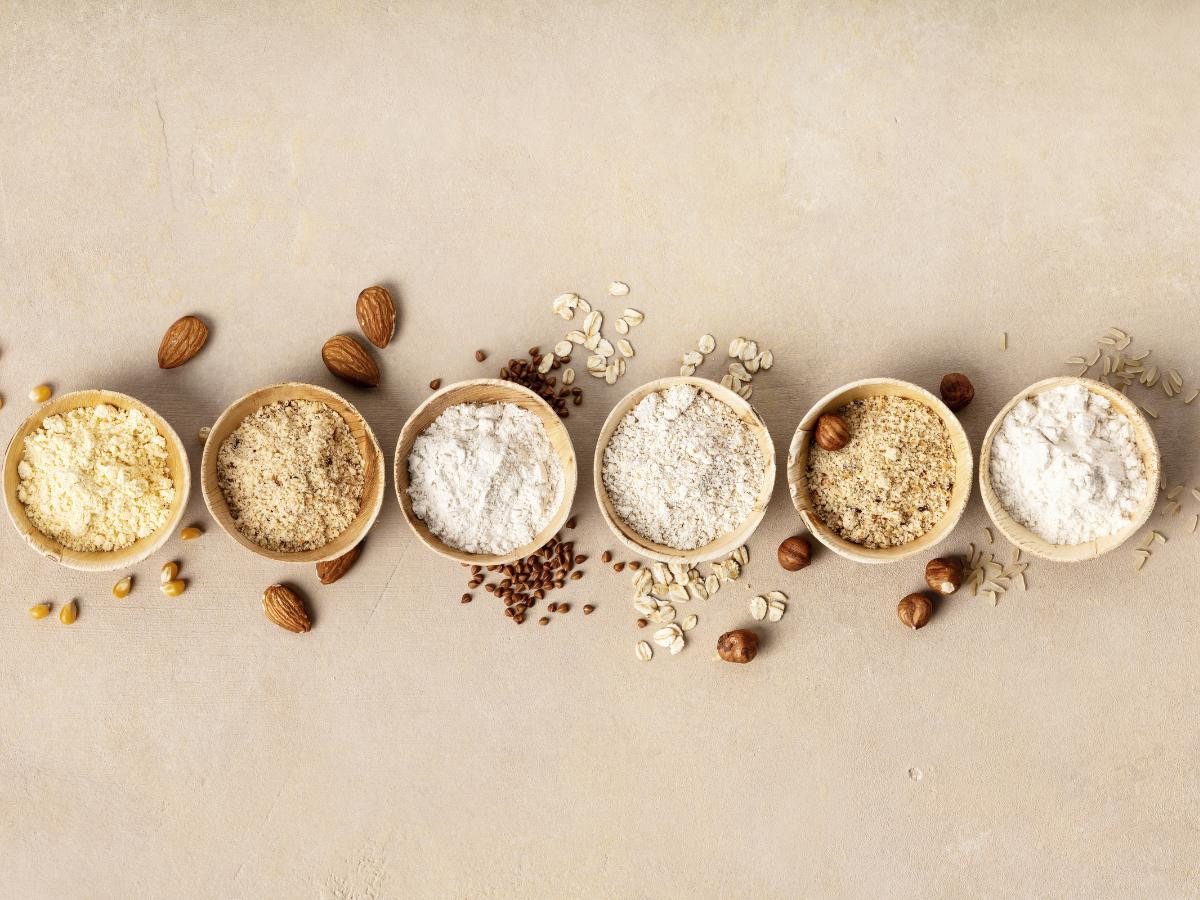
All-Purpose Flour:
All-purpose flour is a versatile option that falls between bread flour and cake flour in terms of protein content.
It’s suitable for baking applications, including rosemary parmesan bread recipes. However, remember that the texture and structure might differ slightly from bread flour.
Whole Wheat Flour:
Whole wheat flour is made from whole wheat berries, including the bran, germ, and endosperm. It adds a nutty flavor and a denser texture to the bread.
If you choose to use whole wheat flour, you might need to adjust the liquid content as whole wheat flour tends to absorb more moisture.
Pastry Flour:
Pastry flour has a lower protein content than bread flour, making it suitable for pastries and cakes.
While it can be used in bread dough recipes, the lower protein content may produce a softer and more delicate texture.
Cake Flour:
Cake flour has the lowest protein content, making it ideal for light and tender baked goods like cakes.
Using cake flour in a bread dough recipe might result in a very soft and delicate loaf, lacking the structure that bread flour provides.
Differences:
The main difference between these flours lies in their protein content.
Bread flour has a higher protein content (usually around 12-14%) than all-purpose flour (about 10-12%). This higher protein content contributes to the structure and chewiness in freshly baked bread.
Substitution Tips:
If you want a lighter texture similar to bread flour, you can use all-purpose flour as a 1:1 substitute in most recipes.
Experiment with different flours or a combination of flours to achieve the desired texture and flavor.
Remember that flour absorbs water differently, so you may need to adjust the hydration level in your recipe accordingly.
How Does Rosemary Parmesan Bread Taste?
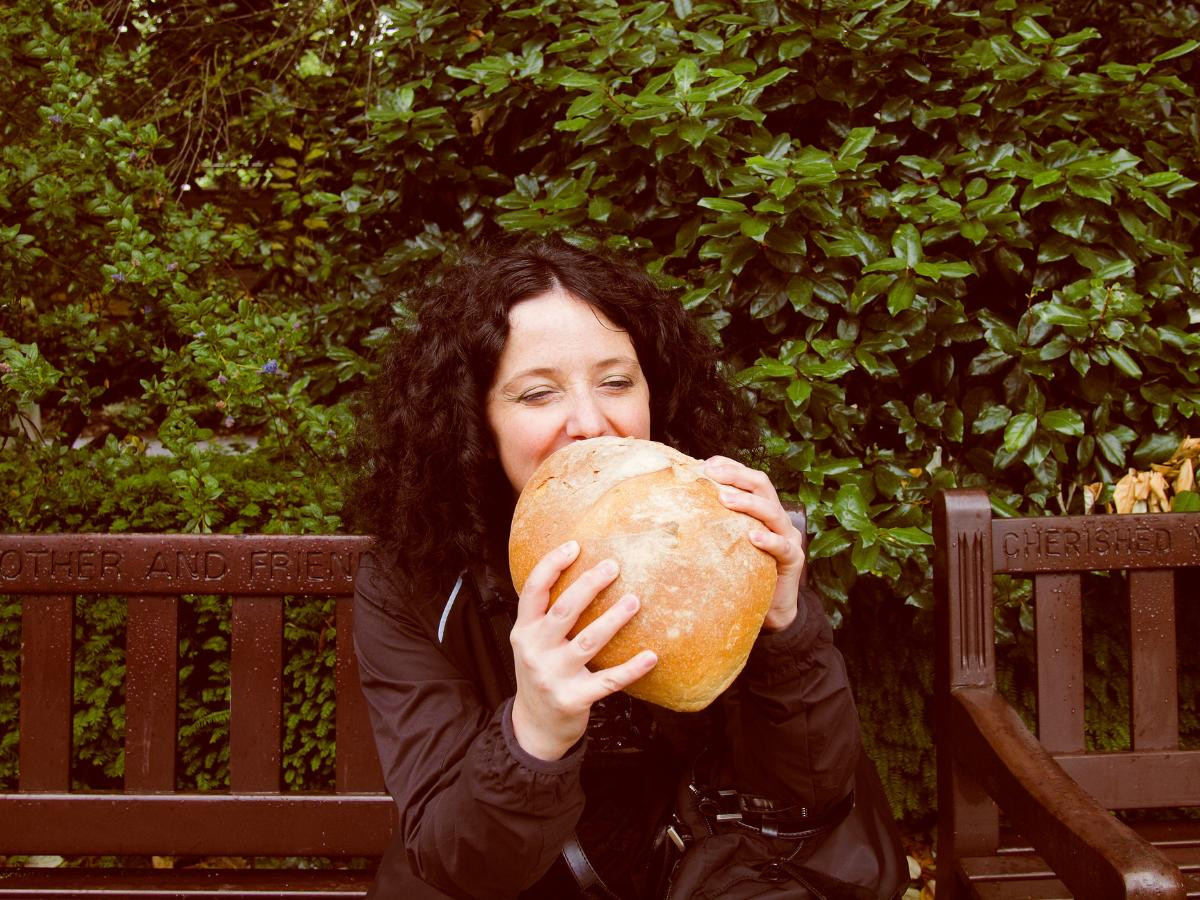
This Rosemary Parmesan Bread recipe is a delightful combination of flavors that creates a savory and aromatic experience.
Rosemary Parmesan Bread offers a harmonious blend of savory, herbal, and nutty notes, making it a flavorful and aromatic choice for bread enthusiasts.
The taste can be described as:
Herbaceous:
The fresh rosemary contributes a distinctive herbaceous flavor to the bread.
Rosemary has a piney and slightly citrusy taste, which infuses the loaf with a fragrant and earthy quality.
Even Dried Rosemary adds to the distinct flavor to this crusty bread.
Umami from Parmesan:
Fresh Parmesan cheese adds a rich and savory umami element to the bread.
Parmesan cheese brings a nutty, salty, and slightly tangy taste, enhancing the overall depth of flavor.
Slightly Nutty:
The bread may have a slightly nutty undertone, especially if made with bread flour.
This complements the nuttiness of the Parmesan and adds a pleasant complexity to each bite.
Mildly Sweet:
Depending on the bread flour used and the length of fermentation, there may be subtle hints of sweetness in the bread.
The long rise allows the yeast to work, developing natural sugars and contributing to a mildly sweet flavor.
Crispy Crust, Soft Interior:
The baking method in a Dutch Oven creates a crispy golden brown crust on the outside while maintaining a soft and chewy interior.
The contrast in textures adds to the overall enjoyment of the bread.
Versatile Pairing:
This bread is versatile and pairs well with various dishes.
It’s perfect for accompanying soups and salads or enjoyed with olive oil and balsamic vinegar.
How to Eat Rosemary Parmesan Bread?
Rosemary Parmesan Bread is a versatile and flavorful loaf that can be enjoyed in various ways.
Here are some delicious ways to savor and serve Rosemary Parmesan Bread:
Plain or with Olive Oil:
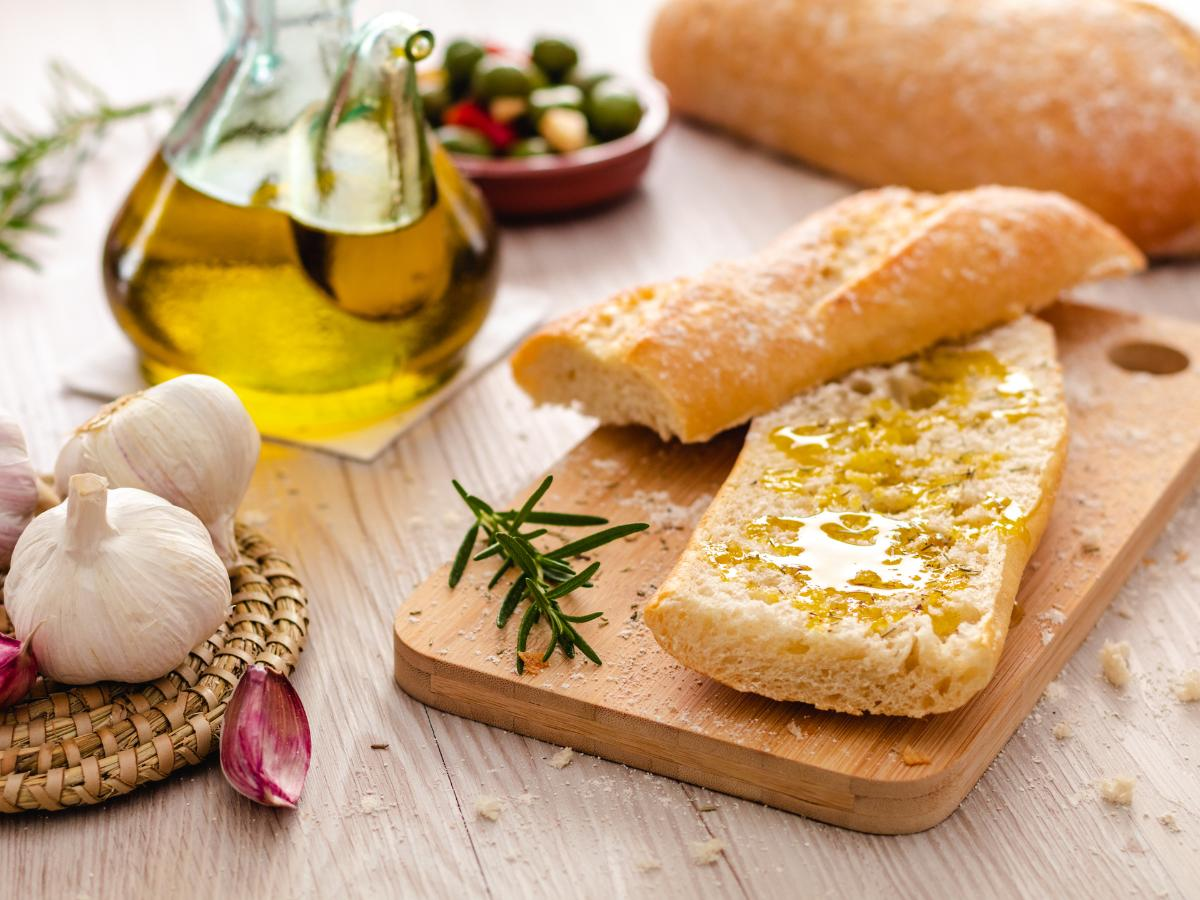
Enjoy a slice or two of the bread on its own to appreciate the robust flavors of rosemary and Parmesan. Dip the bread in high-quality extra virgin olive oil or balsamic vinegar for an extra touch.
Toasted with Butter:
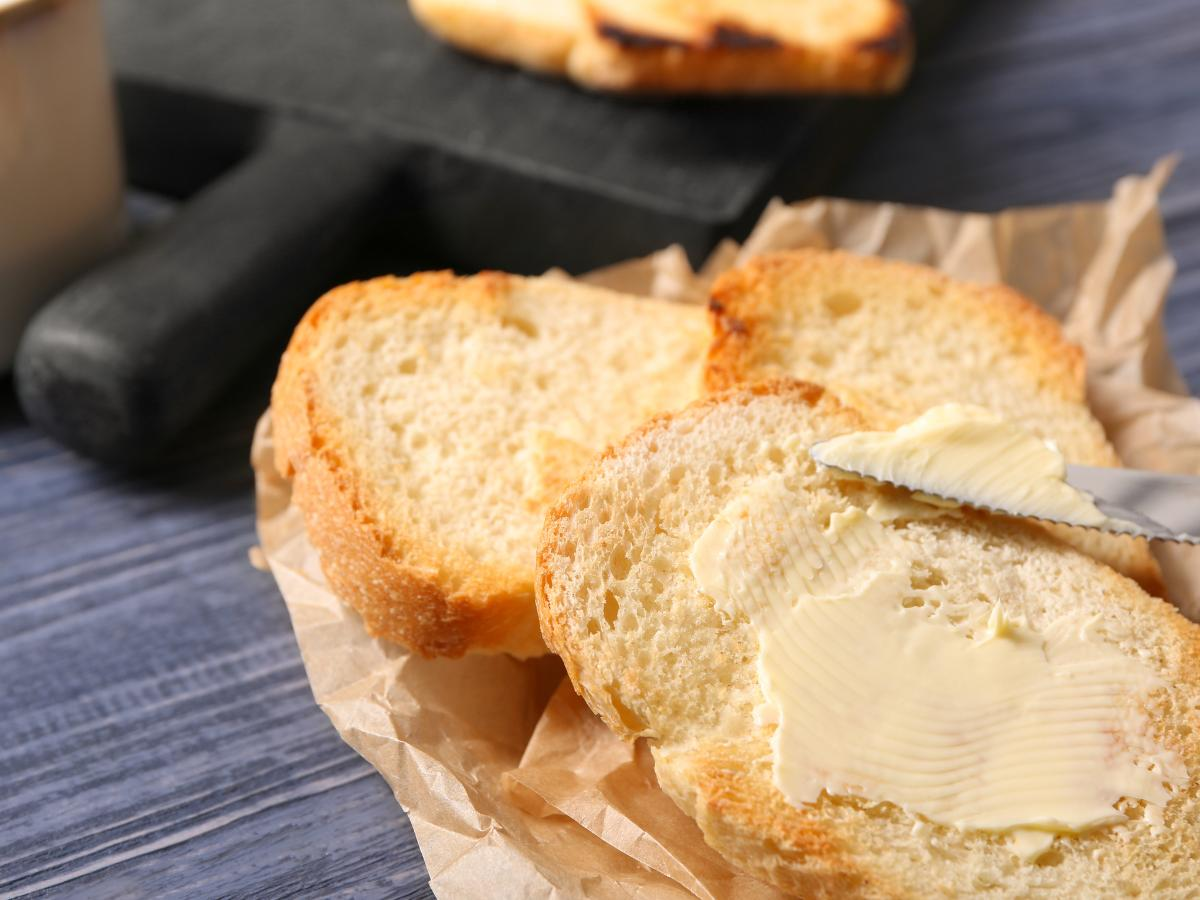
Toast slices of Rosemary Parmesan Bread and spread them with butter. The toasting enhances the crust’s crispiness, and the butter adds a rich and indulgent layer.
Bruschetta:
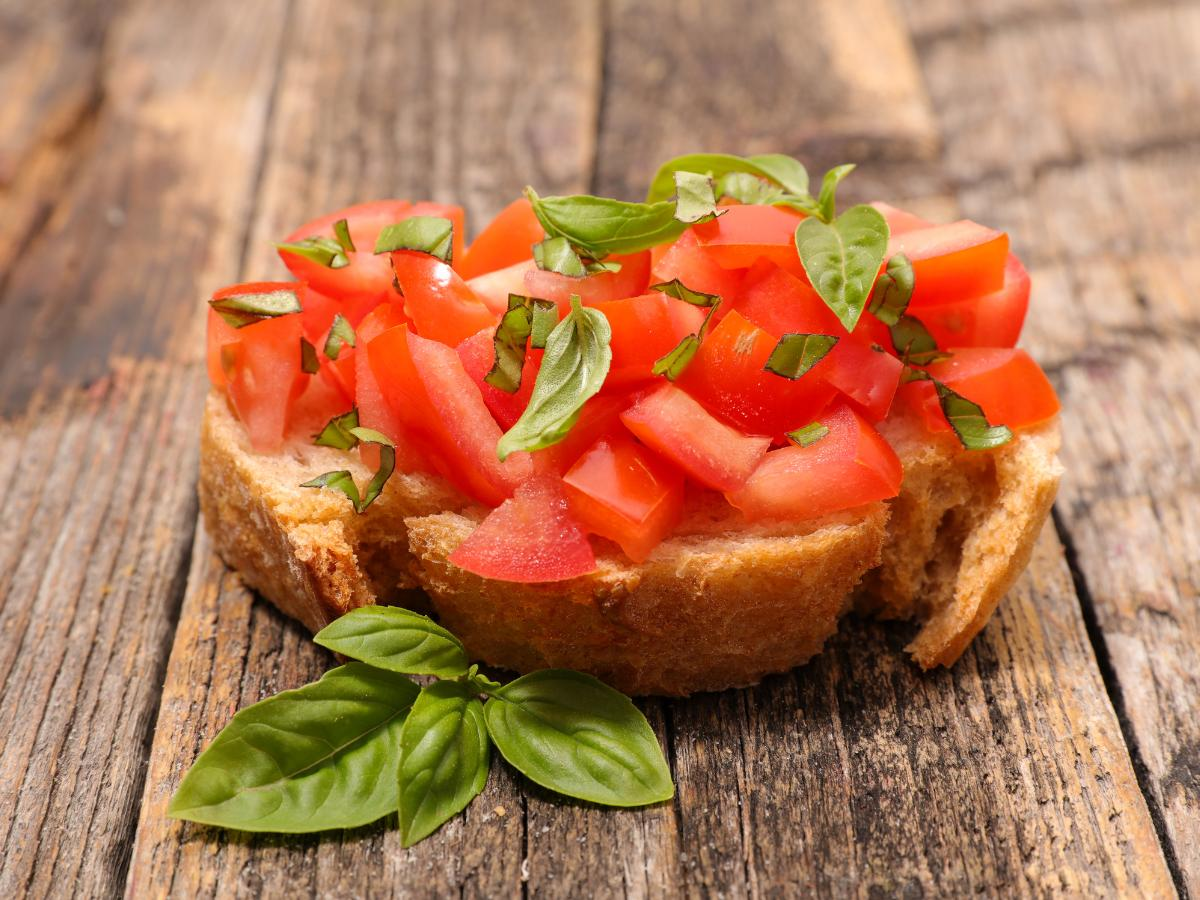
Turn it into bruschetta by topping toasted slices with diced tomatoes, fresh basil, garlic, and a drizzle of olive oil. This is a fantastic appetizer or snack.
Sandwiches:

Use slices of freshly baked Bread to create gourmet sandwiches. It pairs well with roasted turkey, grilled chicken, or your favorite deli meats. Add some greens and condiments for a satisfying lunch.
Cheese and Charcuterie Board:

Serve slices on a cheese and charcuterie board with additional cubed parmesan cheese chunks. The savory flavors of the bread complement various cheeses, cured meats, olives, and pickles.
Dipping Bread:
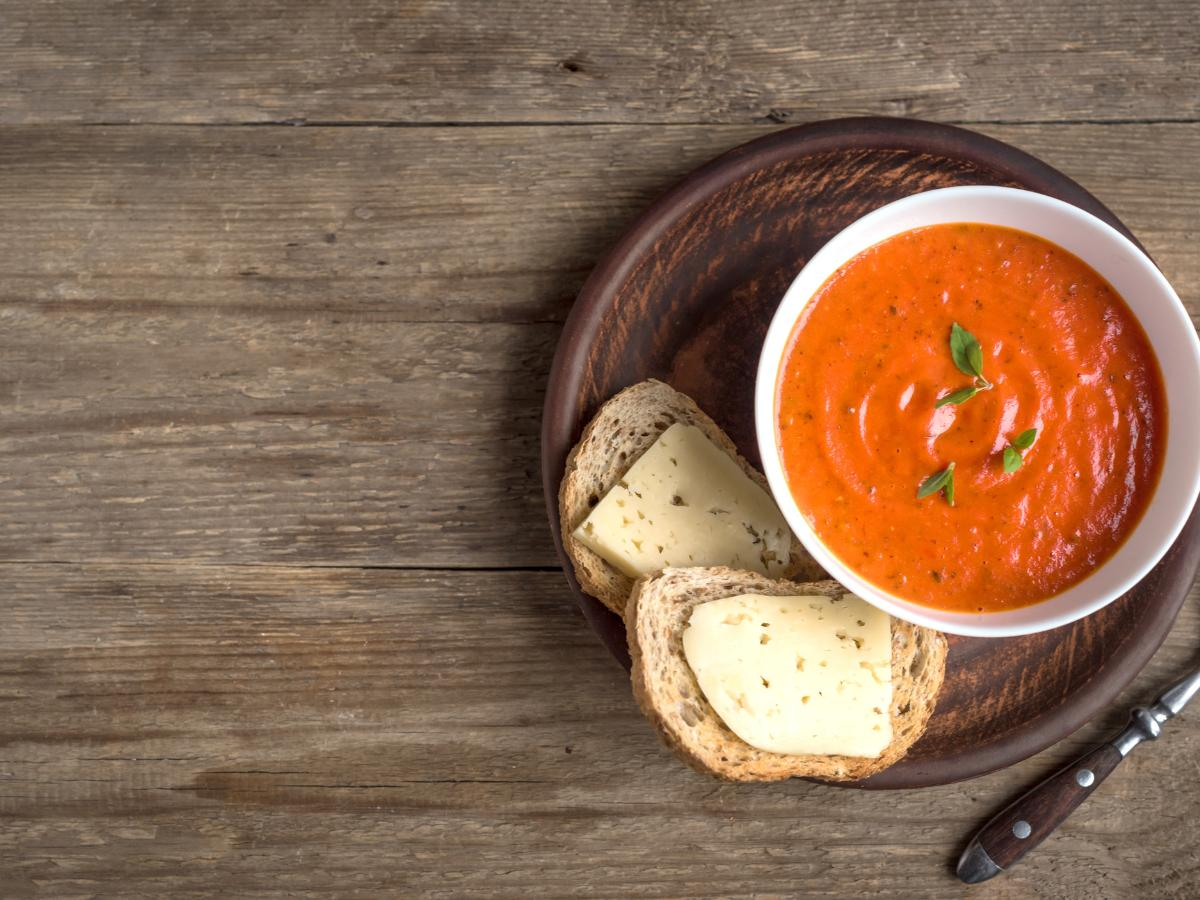
Tear the bread into chunks and dip it into soups, stews, or sauces. The robust flavors add an extra dimension to your favorite dishes.
Croutons:
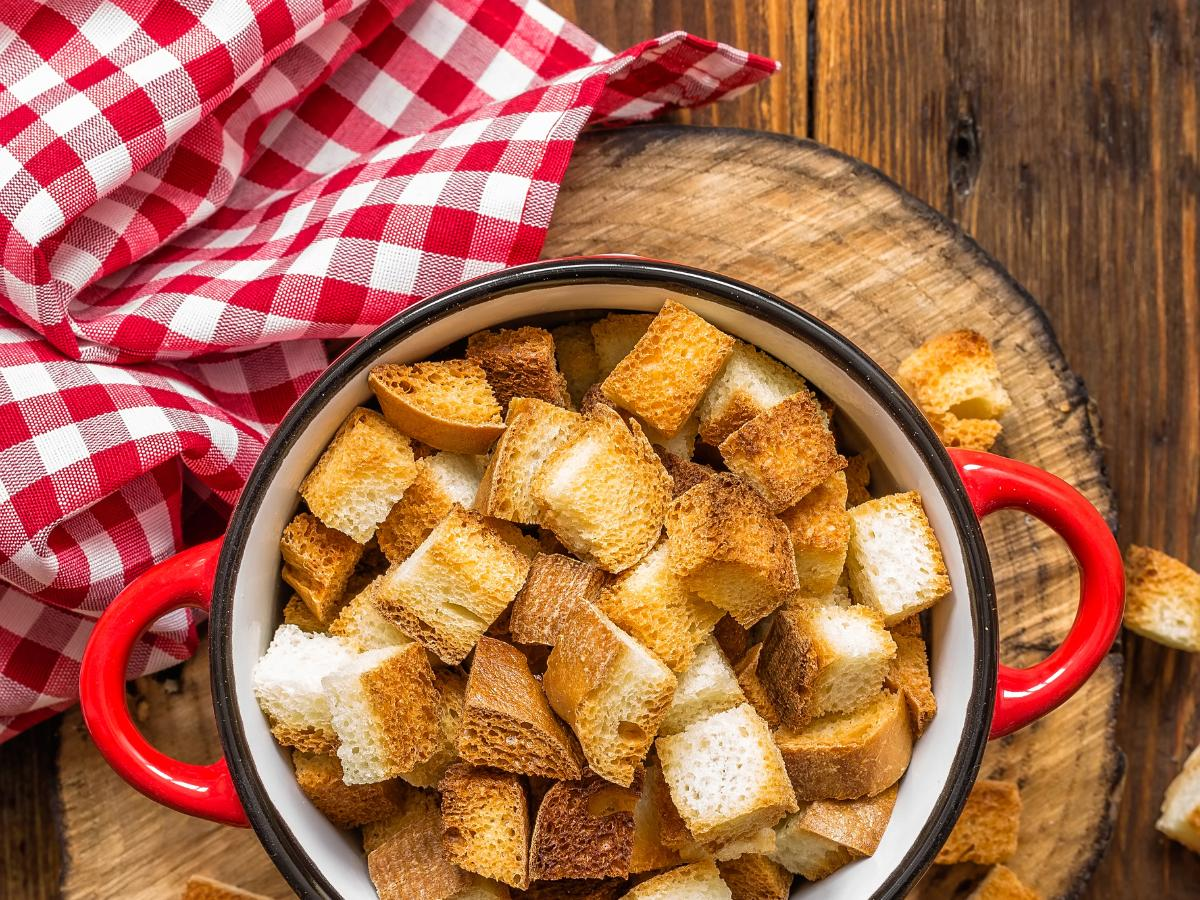
Cube the bread and toast it in the oven to make homemade croutons. Sprinkle these on salads or soups for an added crunch and flavor boost.
Panini or Grilled Cheese:

Make a gourmet panini or grilled cheese sandwich using slices of Rosemary Parmesan Bread. Add your favorite cheeses, vegetables, or meats for a delicious and upgraded version.
Serve with Pasta:
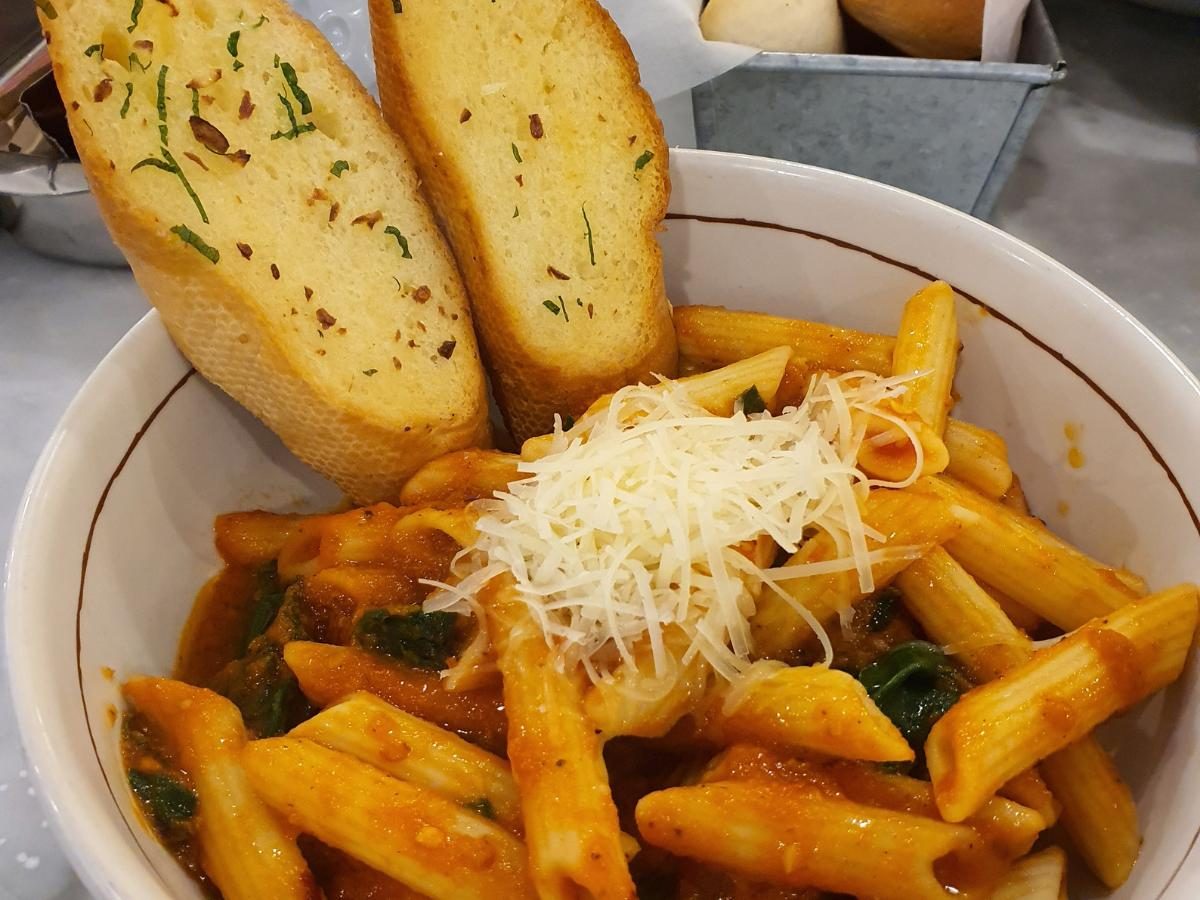
Pair the bread with pasta dishes. The herbaceous and savory notes of the bread complement the flavors of many pasta sauces.
Bread Pudding:
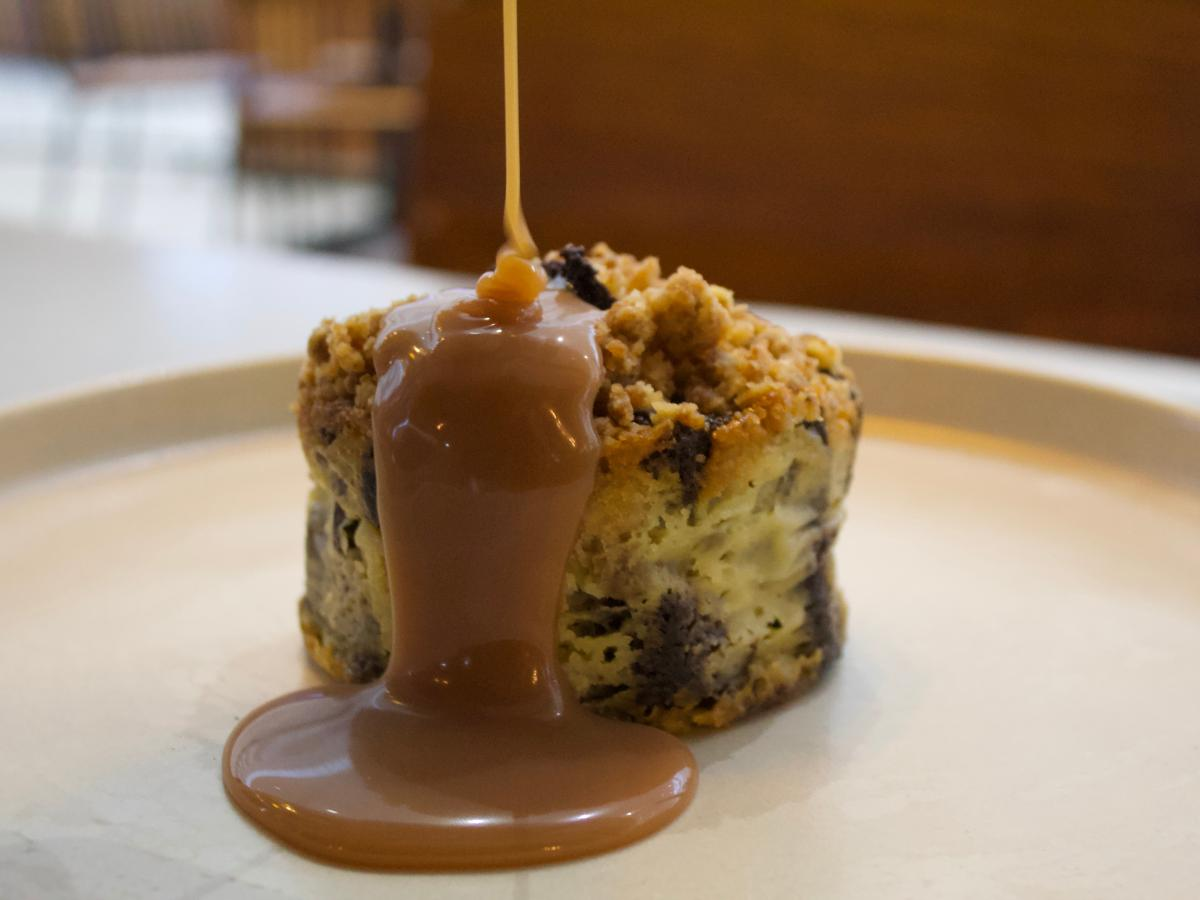
Use leftover Rosemary Parmesan Bread to make a savory bread pudding. Combine with eggs, milk, more cubed parmesan cheese, and herbs for a delightful brunch or side dish.
Remember, the versatility of Rosemary Parmesan Bread allows you to get creative in the kitchen.
Whether enjoyed on its own or incorporated into various dishes, this flavorful parmesan cheese bread will elevate your culinary experience.
How Many Carbs Are in Rosemary Parmesan Bread?
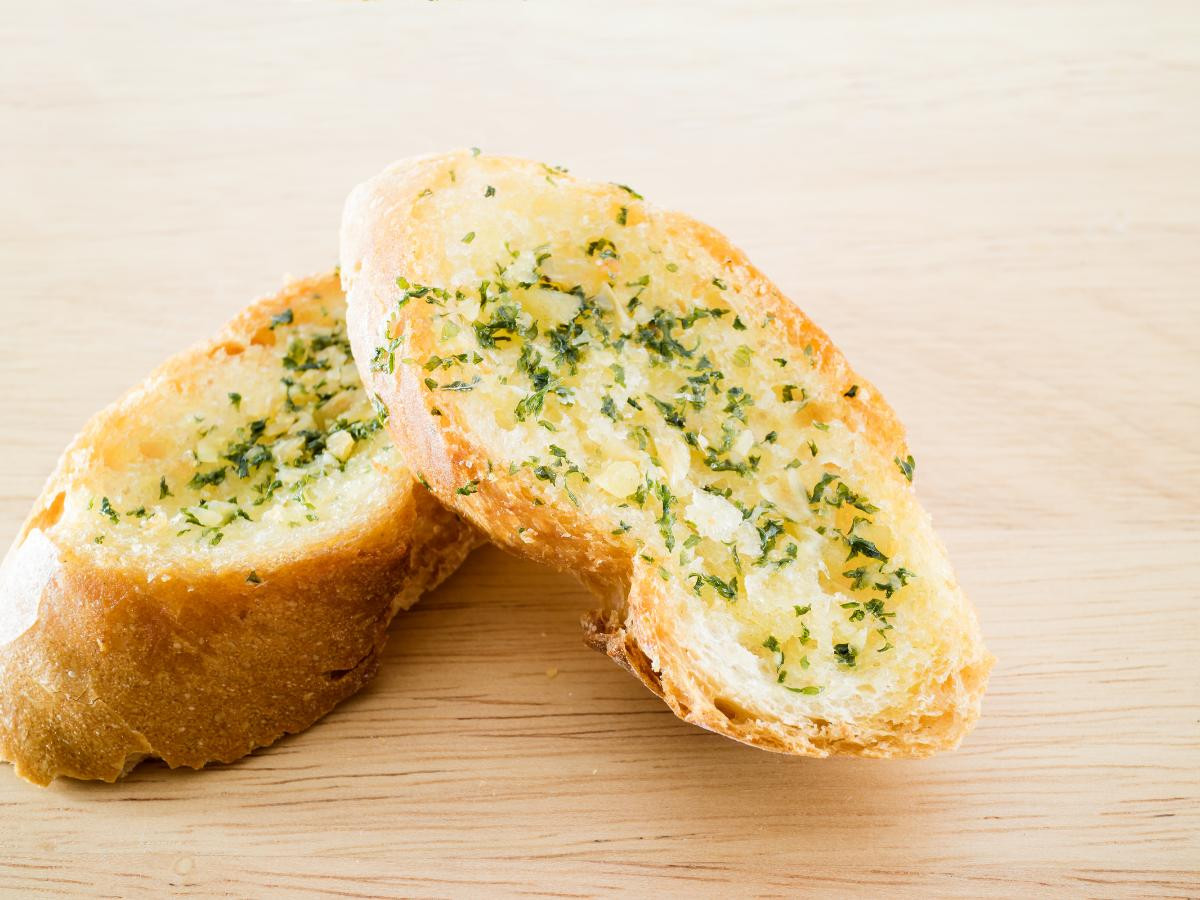
The exact number of carbs in Rosemary Parmesan Bread can vary based on the specific ingredients and quantities used in the recipe. However, I can provide a general estimate based on typical ingredients and proportions.
For a standard recipe, which includes flour, water, salt, yeast, fresh rosemary, and Parmesan cheese, a slice of Rosemary Parmesan Bread (about 1 ounce or 28 grams) may contain approximately 15 to 20 grams of carbohydrates.
Remember that the actual carb content may vary based on factors such as the type of flour used (all-purpose, bread flour, whole wheat, etc.), the specific brand of ingredients, and any additional variations in the recipe.
Can You Use Dried Rosemary for This Recipe?

you can absolutely use dried rosemary in place of fresh rosemary for the Rosemary Parmesan Bread recipe. However, there are a few considerations to keep in mind:
Adjusting Quantity:
Dried herbs are more concentrated than fresh ones, so you’ll need less dried rosemary than the amount specified for fresh rosemary in the recipe. As a general rule of thumb, you can use approximately one-third of the amount of dried rosemary compared to fresh.
Rehydration:
Dried rosemary needs some time to rehydrate and release its flavors. You can either add the dried rosemary directly to the dough or rehydrate it by soaking it in a small amount of warm water for about 10-15 minutes before incorporating it into the recipe.
Crushing Dried Rosemary:
Before adding dried rosemary to the dough, it’s a good idea to crush it between your fingers or use a mortar and pestle. This helps release the essential oils and intensify the flavor.
Experimenting with Amount:
The intensity of flavor can vary between brands and batches of dried rosemary, so feel free to adjust the quantity based on your taste preferences.
While fresh rosemary has a vibrant and aromatic quality, dried rosemary can still contribute a wonderful earthy and herbaceous flavor to the bread. It’s a convenient alternative, especially when fresh rosemary may not be readily available.

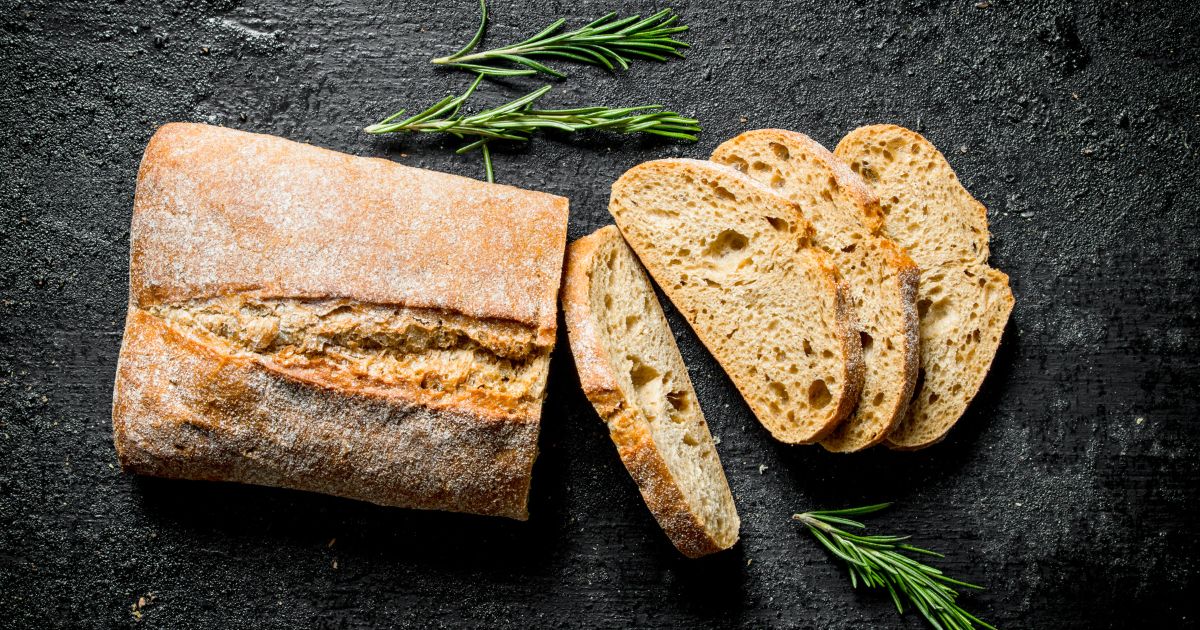



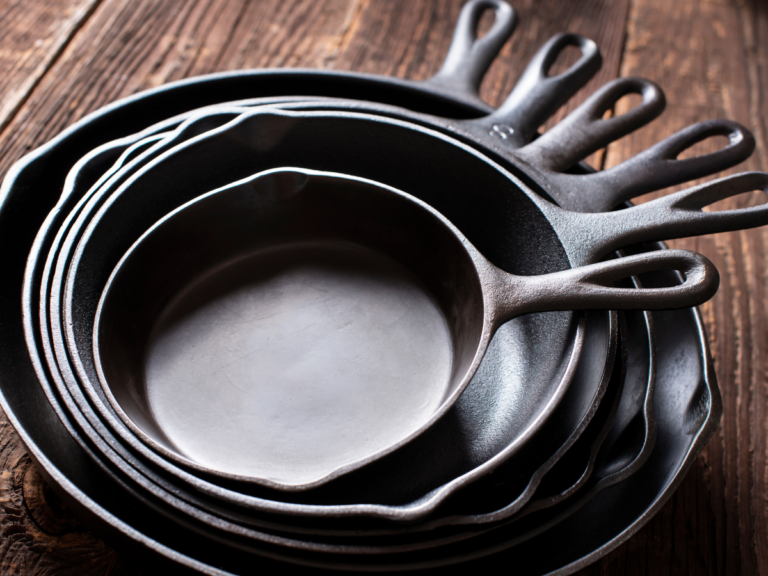
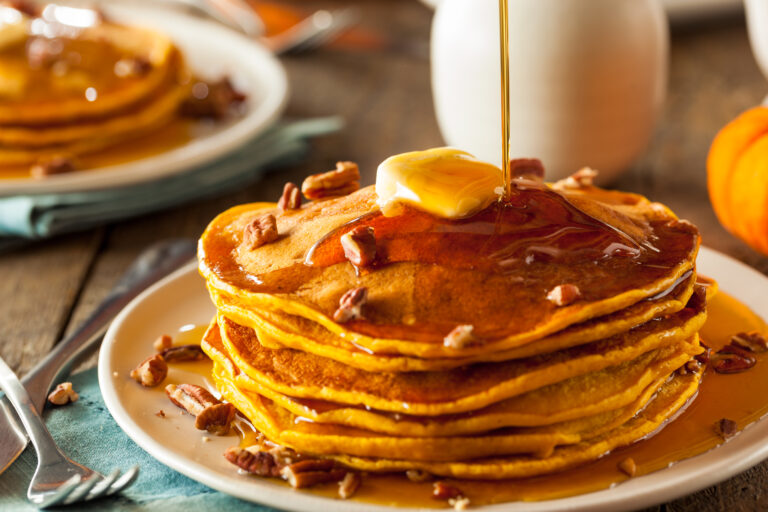
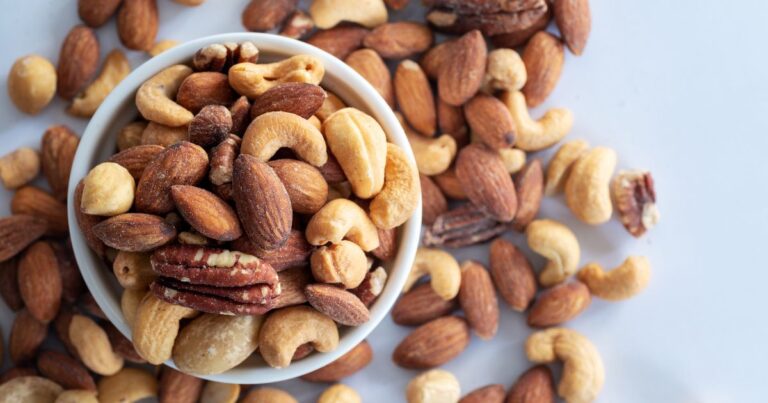
3 Comments